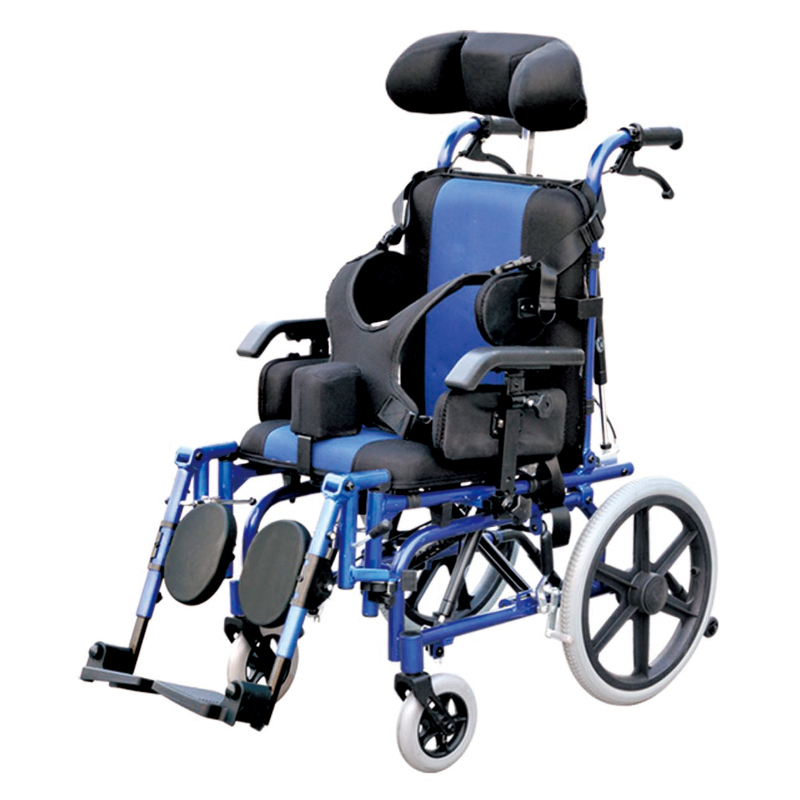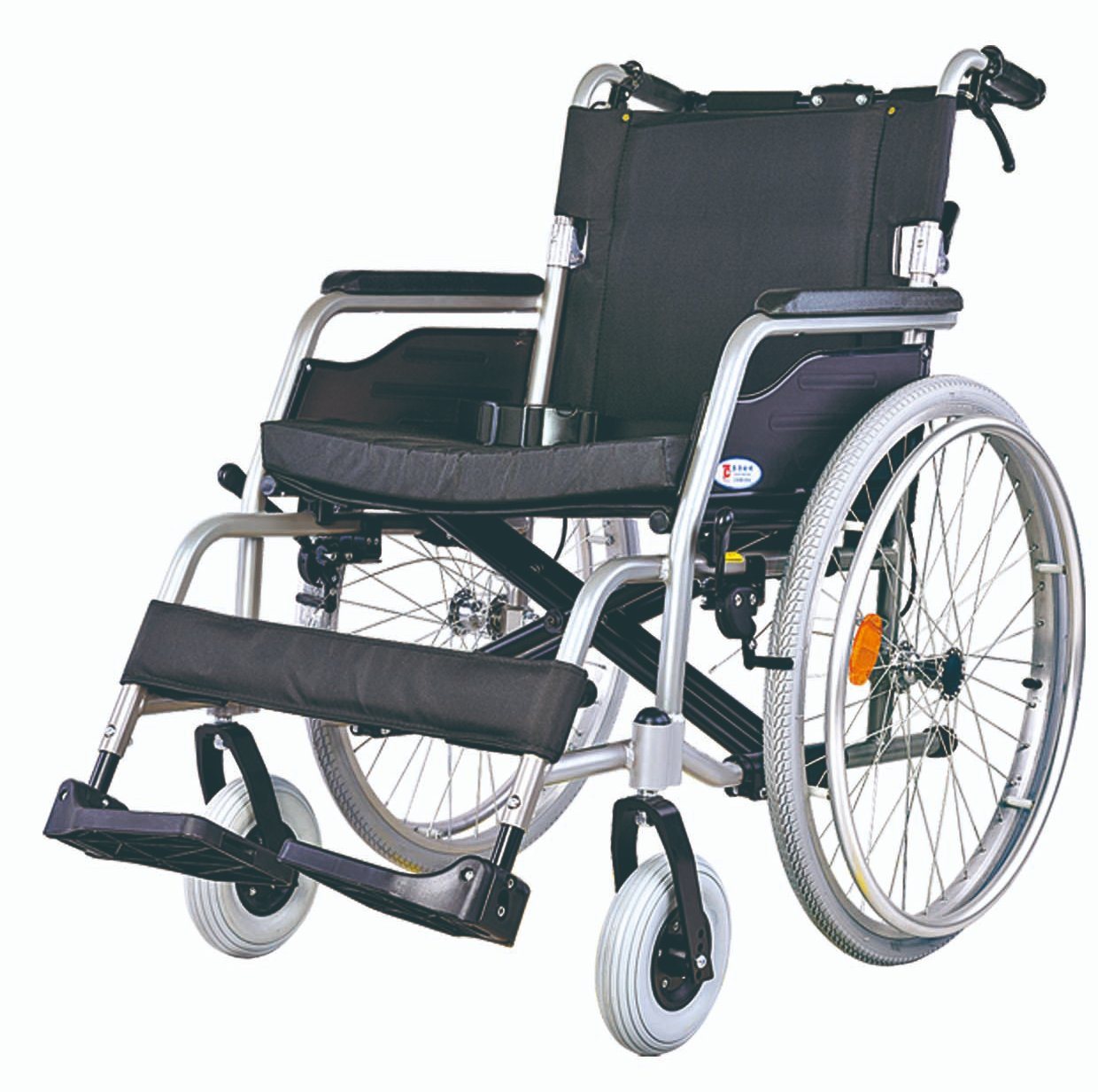General requirements for selection of wheelchairs
Wheelchairs are not only used indoors, but are often used outdoors as well. For some patients, a wheelchair may become their means of mobility between home and workplace. Therefore, the selection of a wheelchair should meet the needs of the occupant’s condition, and the specifications and dimensions should be adapted to the user’s body to make the ride comfortable and stable; the wheelchair should also be strong, reliable and durable, and be firmly fixed to the ground during transfer to avoid shaking; easy to fold and handling; drive labor-saving, low energy consumption. The price can be accepted by ordinary users, allowing users to have a certain degree of autonomy in choosing appearance (such as color, style, etc.) and functions. Easy to buy parts and repair.
The wheelchairs we generally see include high-back wheelchairs, ordinary wheelchairs, nursing wheelchairs, electric wheelchairs, sports wheelchairs for competition and so on. The selection of a wheelchair should take into account the nature and degree of the patient’s disability, age, general functional status, and place of use.
High-back wheelchair – often used for patients with orthostatic hypotension who cannot maintain a 90-degree sitting position. After the orthostatic hypotension is relieved, it should be replaced with an ordinary wheelchair as soon as possible, so that the patient can drive the wheelchair by himself.
Ordinary wheelchair – patients with normal upper limb function, such as lower limb amputation patients, low paraplegic patients, etc., can choose a pneumatic tire wheelchair in ordinary wheelchairs.
Electric wheelchairs – available in different sizes for adults or children. Its weight is about double that of a standard wheelchair. To meet the needs of people with different degrees of disability. There are many different control methods for electric wheelchairs. Those who have some residual hand or forearm functions can choose electric wheelchairs that can be operated by hand or forearm. The pushbuttons or joysticks in this wheelchair are very sensitive and can be operated with the slightest touch of a finger or forearm. The driving speed is close to the walking speed of a normal person and can climb a slope of 6 to 8. For patients with complete loss of hand and forearm function, electric wheelchairs with jaw manipulation are available.
Nursing wheelchair – If the patient has poor hand function and is accompanied by mental disorders, a lightweight nursing wheelchair can be used, which can be pushed by someone else.
Sports Wheelchair – For some young and able-bodied wheelchair users, sports wheelchairs can help them carry out physical activities and enrich their spare time.

Post time: Jun-30-2022


